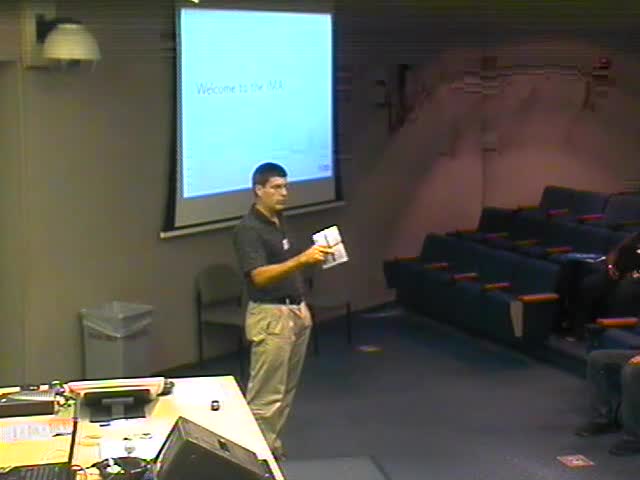Team 1: Modeling, simulation, and the analysis of a financial derivative
Presenter
August 6, 2008
Keywords:
- Modeling, simulation
MSC:
- 81T80
Abstract
Project Description:
Due to the complexity of financial markets, financial derivative modeling requires both an ability to understand and implement theoretical mathematical objects as well as a reliance on simulation techniques. A well known economist, Eugene Fama, once said, “We know all models are false.” This notwithstanding, an approximate model allows the practitioner to understand her position in terms of widely used market parameters such as volatility or correlation. Additionally, insight may be gained into the approximate distribution of payoffs as a function of such parameters once a model has been designated.
This project will present and model a financial instrument dubbed a ‘dispersion option’. Such an option has a payoff structure contingent on how much individual stock returns within a basket diverge from the average return of the basket. As a first step, we will simulate such an option with a variety of real market data, and examine the distribution of payoffs, thereby gaining insight into the historical behavior of such instruments. We will then attempt to examine the distribution of payoffs of such an option based on multiple models of the underlying names. This may be done using simulation techniques or via a mathematical proof depending on the complexity of the model assumed. Of primary interest would be to understand the payoff structure of the option as a function of easily identifiable parameters.
Reference:
Options, Futures, and Other Derivatives, J. C. Hull, Prentice
Hall.
Especially chapters titled "Numerical Procedures", and "More
on Models and Numerical Procedures" in the sixth edition.
Prerequisites: Knowledge of options pricing theory (especially
Risk-Neutral Valuation), statistics, some numerical analysis,
and ability to write simulation code. Desired: Coursework in
mathematical finance and statistics, Matlab programming, and a
familiarity with model selection techniques and evaluation.
